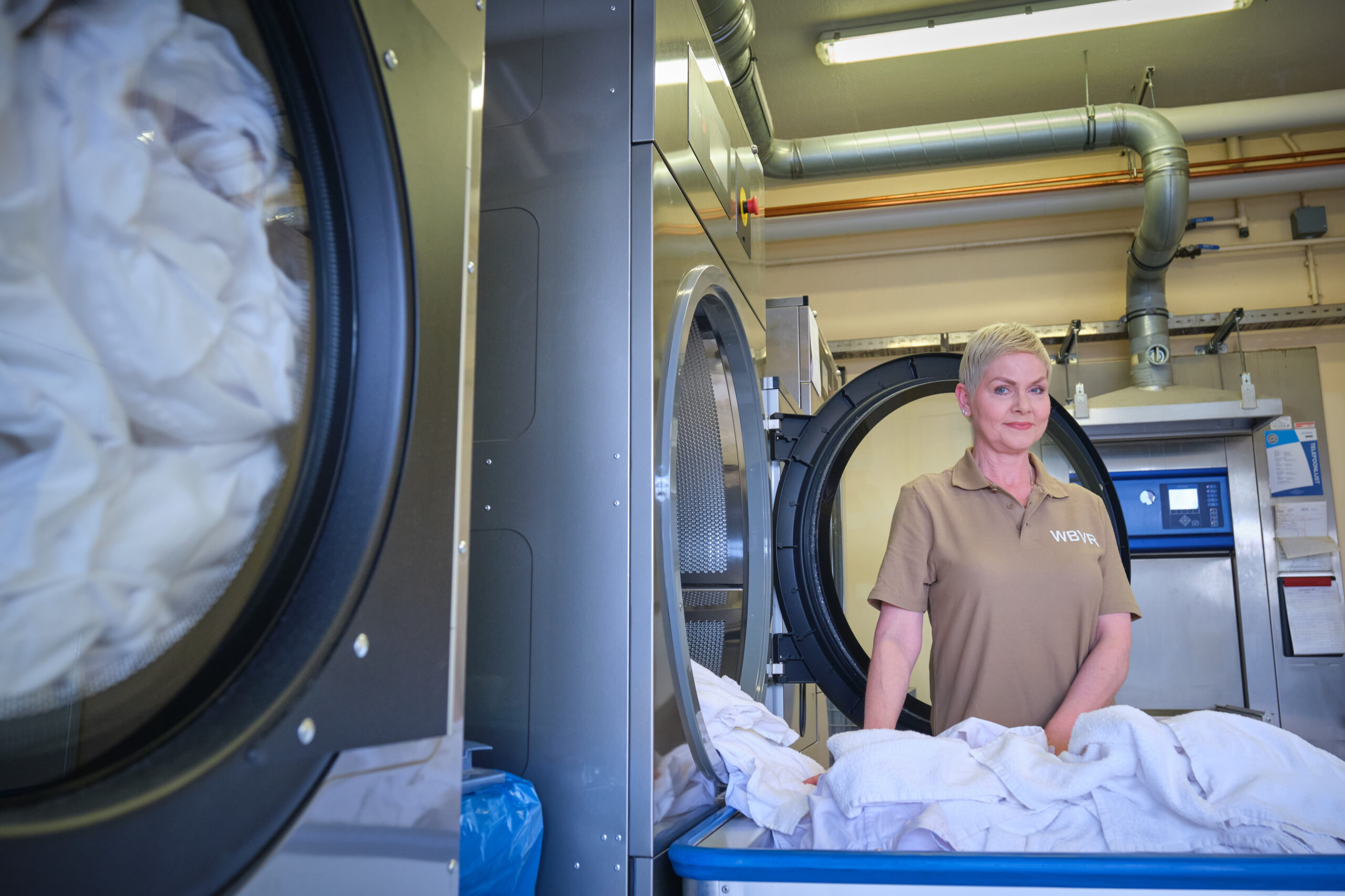There was quite a panic when the Ministry of Agriculture announced on Wednesday morning that a case of BSE (bovine spongiform encephalopathy, alias mad cow disease) had been found in the Netherlands for the first time in 12 years. That very afternoon, Wageningen Bioveterinary Research was able to determine that the BSE variant was not the feared “classical variant. Resource called spokesperson Jacqueline Wijbenga.
That must have been scary.
‘Not so much, in hindsight. But at first, we were alarmed. You can’t help but recall the severe BSE crisis in the nineties. A sigh of relief was heard through the building once it was established as an atypical BSE variant. That is the age-related variant, as Minister Adema describes it, which only seldomly occurs and is harmless for humans.’
How sure is WVBR that it is indeed this variant?
‘My colleague Lucien (van Keulen, ed.) is very adamant. In science, there is no such thing as 100% certainty, but he is confident in saying it is 99.999% certain. Four consecutive tests determine whether it is BSE and, if so, what variant. Certainty is achieved by excluding options in each successive test.’
The good news came quickly. Is the test this fast?
‘No, that is just an illusion. We received the sample of the cow that was being tested as part of the active screening approach before the weekend. But we did not want to divulge any information until we were able to present a definitive result. We prepared two press releases: one for an atypical result and one for the classic result. When we got the final result on Wednesday afternoon, we immediately divulged the appropriate press release (in Dutch). However, that morning, the ministry released information that a case of BSE had been found in the Netherlands. Hence, it appeared as if our research was extremely fast – suspiciously fast, according to some. In reality, however, it was not.’

 The suspected cow was discovered to be suffering from ‘age-related BSE. Photo: Loume Visser via Unsplash
The suspected cow was discovered to be suffering from ‘age-related BSE. Photo: Loume Visser via Unsplash 

